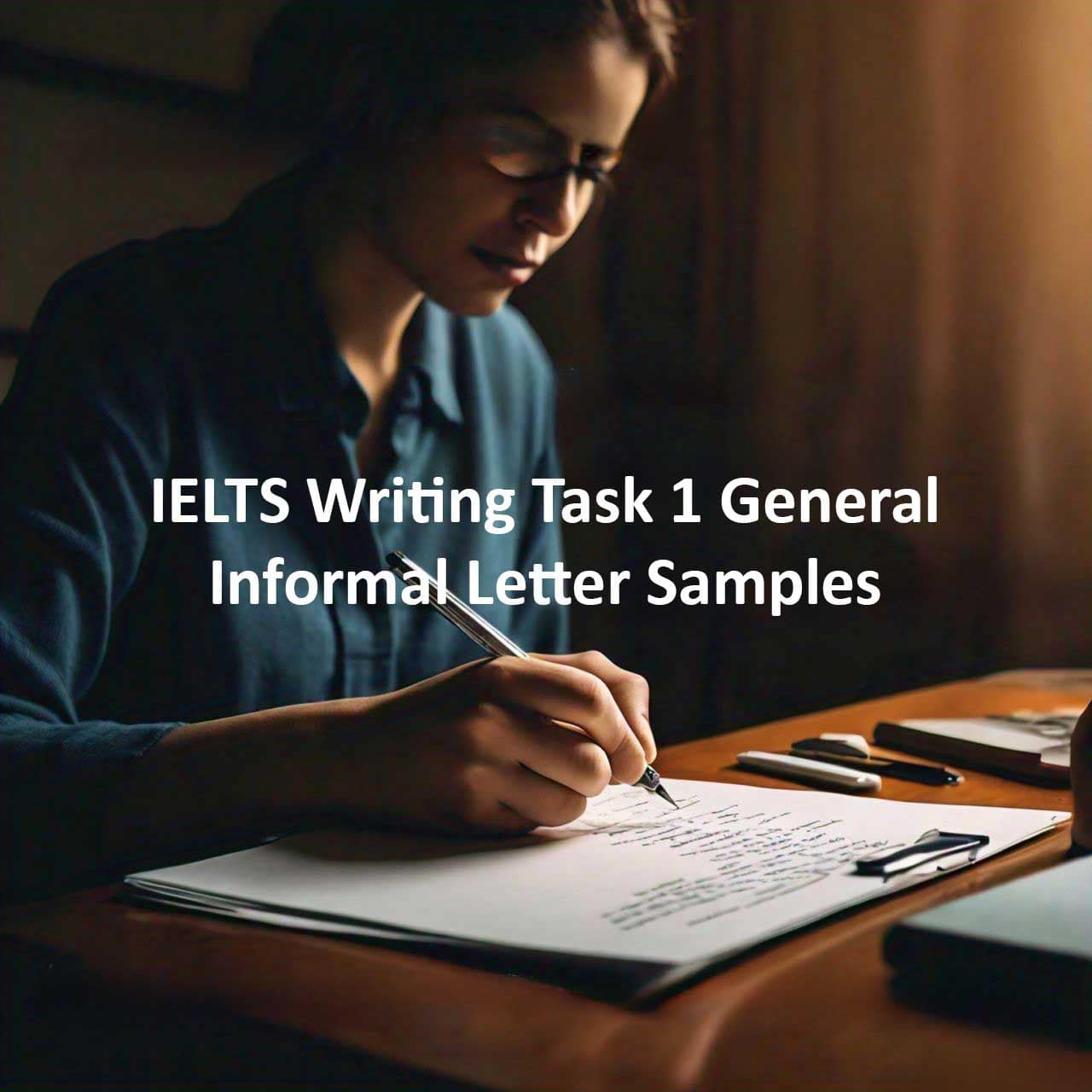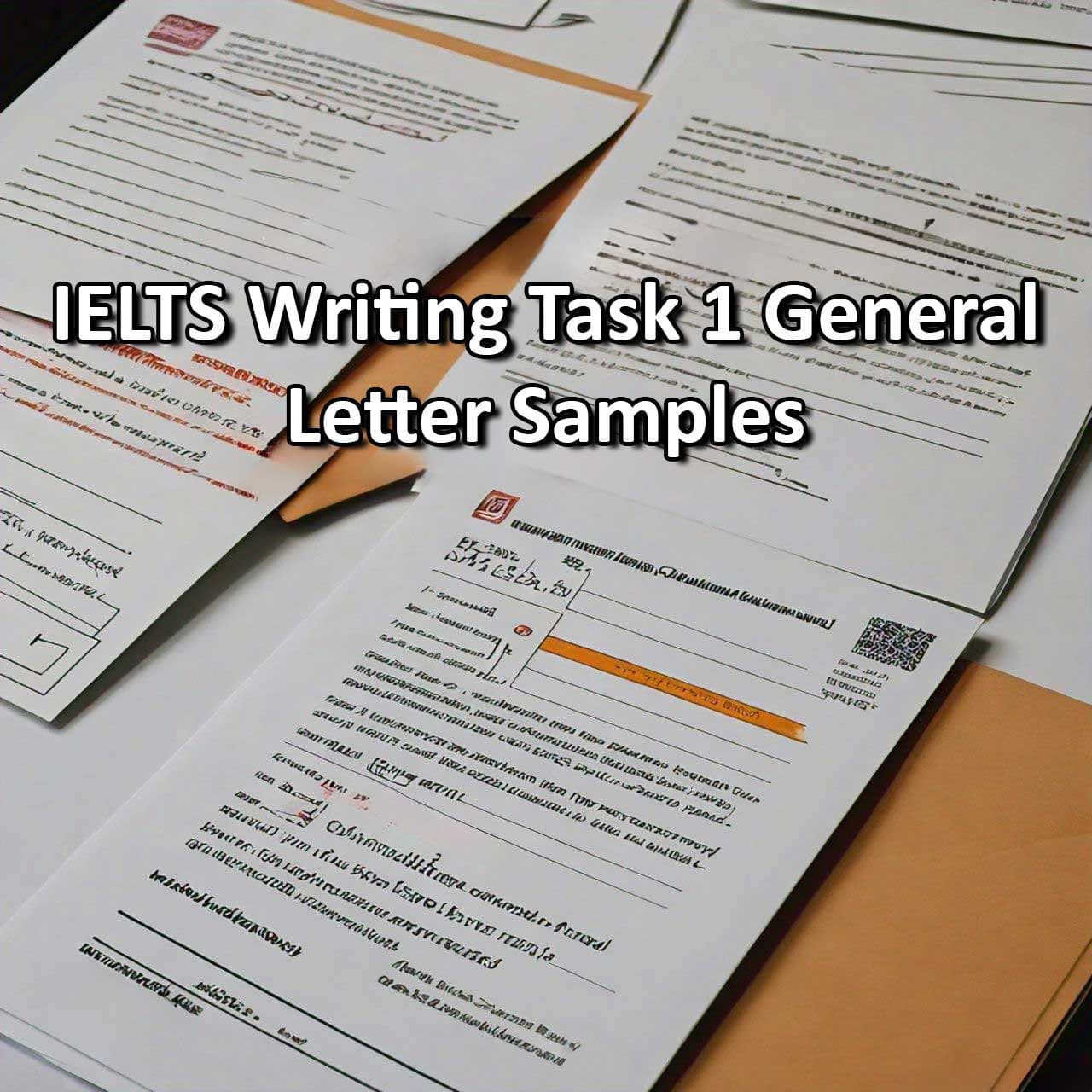The Writing component of the International English Language Testing System (IELTS) exam is divided into two tasks, each with distinct requirements tailored to different purposes. In this blog post, we’ll delve into the nuances of IELTS Writing Task 1 for both the Academic and General Training modules, providing valuable insights to help you understand and excel in each version of the test.
Table of Contents
IELTS Writing Task 1: Academic Module
The Academic module of IELTS Writing Task 1 is designed to assess your ability to interpret and describe visual information, such as graphs, charts, tables, diagrams, or maps. Test-takers are presented with a visual representation of data and are required to summarize the information in their own words. Common task types include describing trends, comparing data, or explaining a process shown in a diagram.
Key Points:
– Focus on accurately describing the visual information presented.
– Identify and highlight significant trends, patterns, and key features.
– Use appropriate vocabulary and language to convey information clearly and concisely.
– Aim for an objective and analytical tone in your response.
IELTS Writing Task 1: General Training Module
The General Training module of IELTS Writing Task 1 assesses your ability to communicate in everyday situations encountered in social and workplace contexts. Test-takers are presented with a task that requires them to write a letter in response to a given situation or request. The letter may be formal, semi-formal, or informal, depending on the context provided.
Key Points:
– Pay attention to the purpose and audience of the letter, and adjust your tone accordingly.
– Address all the points mentioned in the task prompt.
– Use appropriate language and expressions for the given context (e.g., formal language for business letters, informal language for personal letters).
– Structure your letter with a clear opening, body paragraphs addressing each point, and a suitable closing.
Understanding the Differences:
While both versions of IELTS Writing Task 1 require effective communication skills, they differ in terms of format, content, and purpose. The Academic module focuses on analyzing and interpreting visual data, while the General Training module emphasizes practical writing skills relevant to everyday communication.
Key Differences:
– Academic Task 1 requires the interpretation and description of visual data, while General Training Task 1 involves writing a letter in response to a given situation.
– Academic Task 1 assesses analytical and descriptive abilities, while General Training Task 1 evaluates practical writing skills and ability to communicate effectively in various contexts.
– The tone and style of writing differ between the two modules, with Academic Task 1 emphasizing objectivity and analysis, and General Training Task 1 allowing for a range of tones depending on the context of the letter.
Preparation Strategies:
– Familiarize yourself with the specific requirements and task types for each module of IELTS Writing Task 1.
– Practice writing essays, letters, and reports under timed conditions to improve your writing speed and accuracy.
– Review sample questions and model answers to understand the expected format and level of detail for each task type.
– Seek feedback from teachers, tutors, or study partners to identify areas for improvement and refine your writing skills.
Conclusion:
IELTS Writing Task 1 presents test-takers with unique challenges tailored to the Academic and General Training modules. By understanding the differences between the two versions and practicing with targeted strategies, you can enhance your writing proficiency and approach the task with confidence on exam day. Remember to carefully read and analyze the task prompt, plan your response effectively, and communicate your ideas clearly and coherently to achieve success in IELTS Writing Task 1.



